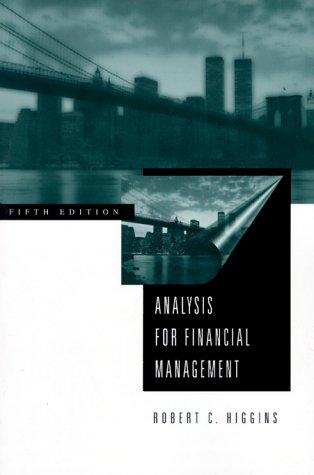3. The Black-Scholes formulas for the price c of a European call option and the price p of a European put option on a non-dividend paying stock are c = SN(d) - Ke- (T-1)(d), p = Ke- (T-N(-dj) - SN(-d), where d = In(S/K) + (r +/2)(T t) OVT-t In(S/K) + (r - 02/2)(T-t) OVT-t Here S is the stock price, K is the exercise price, o is the volatility of the stock, T is the time to expiry and r is the continuously compounded risk-free rate of return. (a) State three of the assumptions used to derive the Black-Scholes formulas. [2] (b) State the Black-Scholes-Merton partial differential equation and its boundary conditions in the case of European call and put options. [2] (c) Prove the call boundary condition, so show that the call price c approaches max(ST-K,0) as t+T. (d) Consider an option on a non-dividend paying stock when the stock price is $21, the strike is $22, the risk-free rate it 2.3% per annum, the volatility is 25% and the time to maturity is 9 months. (i) What is the price of the option if it is a European call? (ii) What is the price of the option if it is a European put? [4] (iii) Show that the call price you computed in 3d)i verifies the upper and lower boundary conditions for a European call option. (4) 3. The Black-Scholes formulas for the price c of a European call option and the price p of a European put option on a non-dividend paying stock are c = SN(d) - Ke- (T-1)(d), p = Ke- (T-N(-dj) - SN(-d), where d = In(S/K) + (r +/2)(T t) OVT-t In(S/K) + (r - 02/2)(T-t) OVT-t Here S is the stock price, K is the exercise price, o is the volatility of the stock, T is the time to expiry and r is the continuously compounded risk-free rate of return. (a) State three of the assumptions used to derive the Black-Scholes formulas. [2] (b) State the Black-Scholes-Merton partial differential equation and its boundary conditions in the case of European call and put options. [2] (c) Prove the call boundary condition, so show that the call price c approaches max(ST-K,0) as t+T. (d) Consider an option on a non-dividend paying stock when the stock price is $21, the strike is $22, the risk-free rate it 2.3% per annum, the volatility is 25% and the time to maturity is 9 months. (i) What is the price of the option if it is a European call? (ii) What is the price of the option if it is a European put? [4] (iii) Show that the call price you computed in 3d)i verifies the upper and lower boundary conditions for a European call option. (4)







